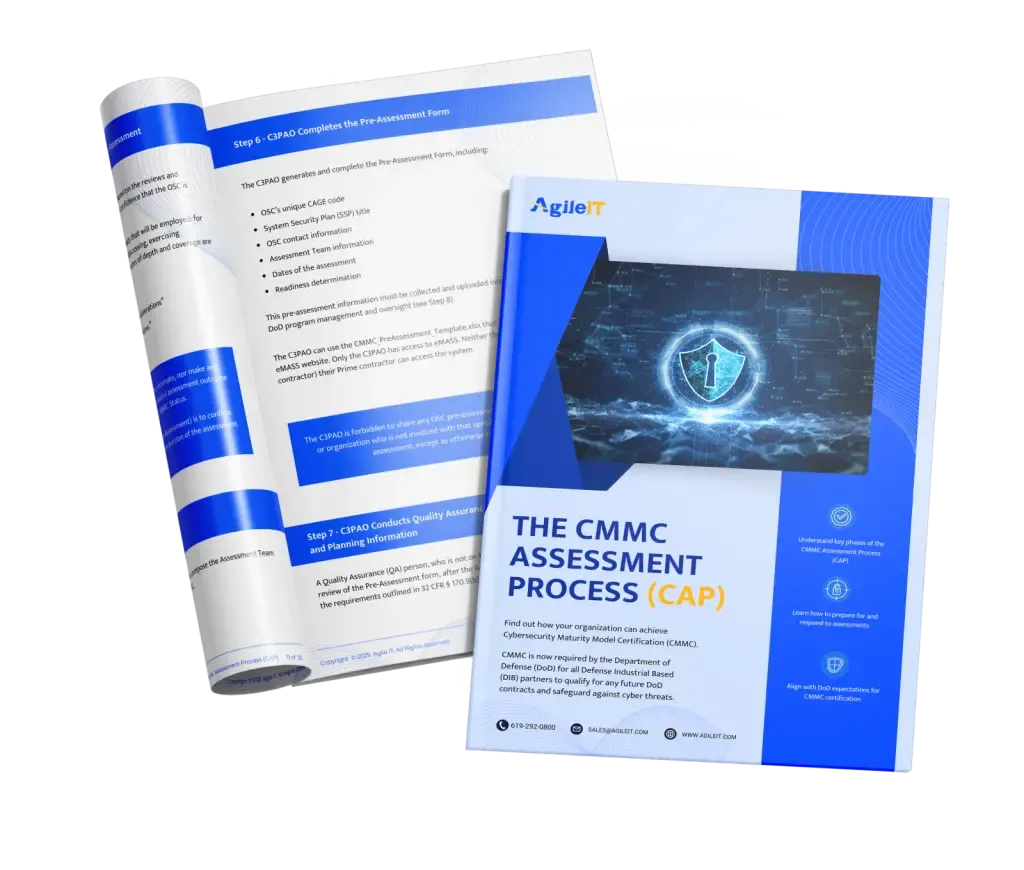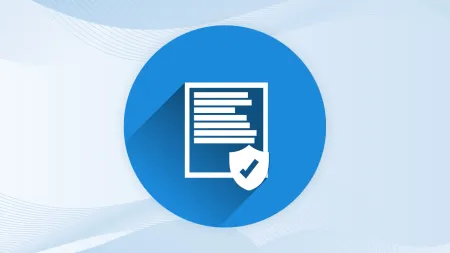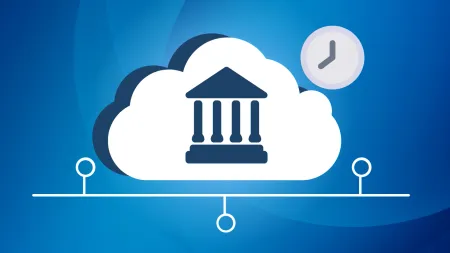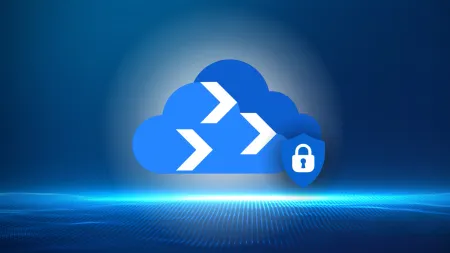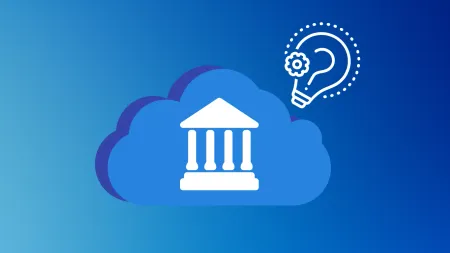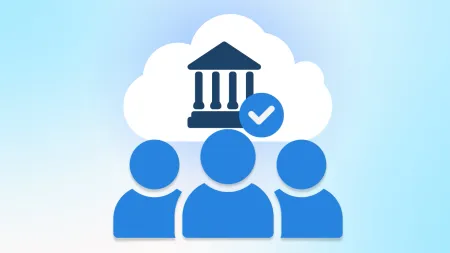Timeline and Phases of a GCC High Migration Project
Discover the timeline and core phases of a successful GCC High migration project—from planning and validation to execution and post-migration governance.
This is Post #5 of our GCC High Migration Planning & Readiness Series
If you missed the earlier posts, start here to get the full picture:
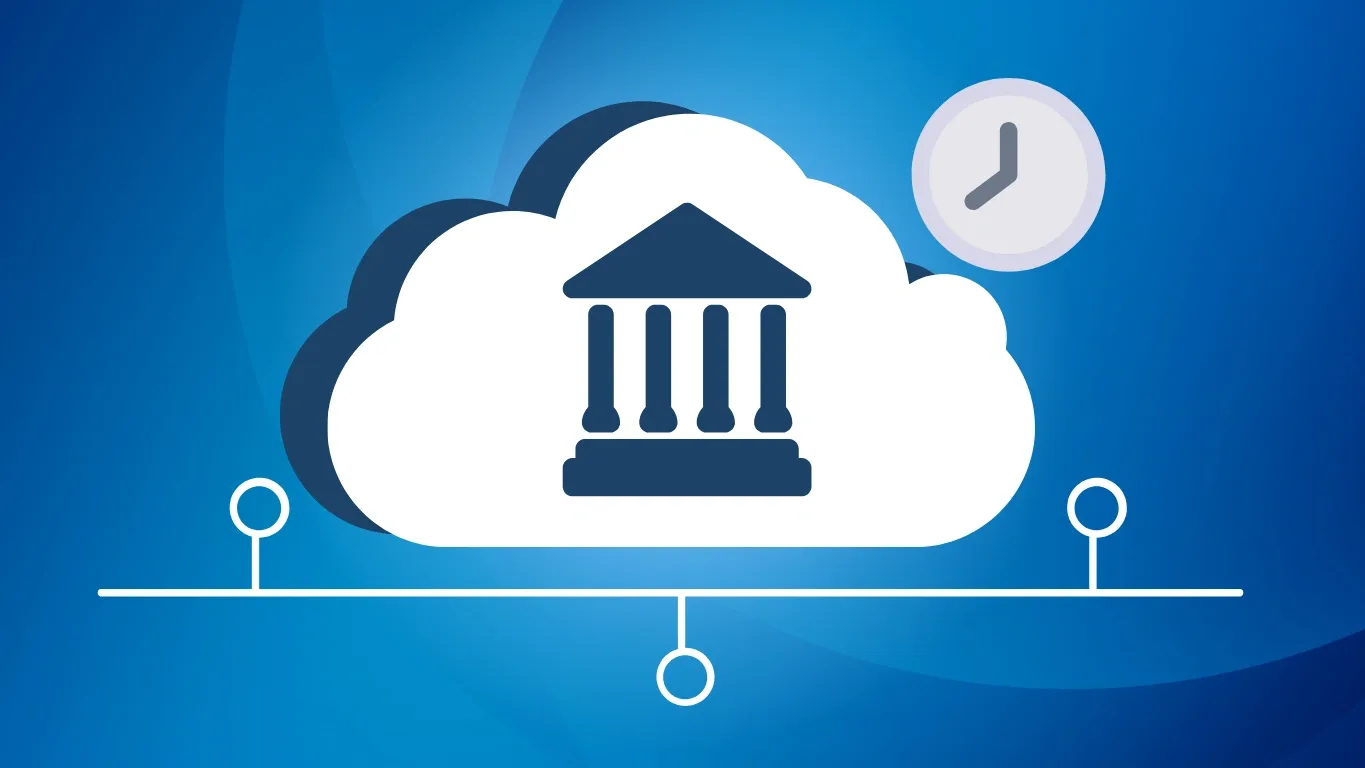
Now that you’ve taken the time to assess your organization’s readiness for GCC High and planned the phases of your GCC High migration, you’re likely anxious to get this process started. Yet, you may find yourself apprehensive about what a major undertaking this migration will represent, particularly if you’re unsure how long your GCC High migration will take. Unfortunately, trying to determine how long a GCC High migration will take can be difficult, as the answer will be different for every organization. In fact, a GCC High migration can take as little as a month or as long as six months, with a migration’s duration depending on several factors, including the size and complexity of the data being migrated, the number of users, the complexity of the existing environment, the applications being migrated, existing infrastructure, and the migration method you’re using. For instance, using a staged migration approach instead of a cutover migration will add time to your migration, but this is generally recommended (particularly for larger migrations) as a phased approach can make the process more manageable and reduce the risk of data loss, disruptions, and other complications. If you’re about to start a GCC High migration and you’re unsure what to expect or how long this process will take, keep reading as we look at the timeline and core phases of a successful GCC High migration project.
Discovery and Planning (2-4 Weeks)
The first phase in a GCC High migration involves the discovery of existing M365 environment configurations, apps, integrations, collaboration needs, and compliance drivers. Assessing your current tenant can help you determine your licensing needs when purchasing GCC High licenses for your team, and it can help you determine how you will need to configure your GCC High tenant to meet your productivity and compliance needs. Make sure that you know what your compliance obligations are before you start planning your migration, and identify controlled unclassified information (CUI), ITAR, and FedRAMP-sensitive data on your network, as knowing where your sensitive data resides is essential so that you can protect it properly during the migration.
From there, you will have the knowledge and tools you need to start planning your migration by choosing a migration approach, preparing the migration phases, and creating a timeline for the migration. Make sure that your detailed migration plan outlines the roles and responsibilities of everyone involved, and that you have a communication plan for keeping end-users up-to-date on how the migration is progressing. As a general rule, this initial phase of discovery and planning during a GCC High migration takes anywhere from two to four weeks depending on the size and complexity of your current Microsoft tenant and what compliance requirements you’ll need to adhere to during the migration. Working with an experienced GCC High migration partner can help you streamline this phase, which can be essential in ensuring your migration timeline aligns with your contract requirements and compliance deadlines. Your migration partner can also play a crucial role by helping you choose the right migration strategy for your organization (staged vs cutover) and draft a migration plan for you accordingly.
Microsoft Validation and Licensing (4-8 Weeks)
Your next step will be to validate your eligibility for GCC High, purchase the appropriate licenses for your team, and start the tenant provisioning process. As we’ve discussed in previous segments of this series, only eligible organizations can purchase GCC High licenses, including federal agencies and government contractors who handle CUI and other sensitive government data. Before you can purchase GCC High licenses, you must first submit an eligibility application and wait for approval, which typically takes 5-10 days, depending on current processing times. Once you’re approved, you will then need to work with a Microsoft AOS-G partner to help you choose and procure the appropriate GCC High licenses for your team. Depending on payment processing times, license procurement can take 2-10 business days. Once you have purchased your licenses, your next step will be tenant provisioning, which can take upwards of 30 days according to Microsoft’s Service Level Agreement (SLA). Overall, you should expect the process of validating eligibility, purchasing GCC High licenses, and creating your GCC High tenant to take 4-8 weeks.
Environment Preparation (1-2 Weeks)
The next phase of your migration will include tenant and identity configuration. Specifically, it is essential that you configure security and compliance settings to ensure that your GCC High tenant will properly protect your sensitive data. Make sure that you implement robust Identity and Access Management (IAM) procedures in your new tenant, such as Privileged Access Management (PAM) and multi-factor authentication (MFA), to limit access to CUI and further protect sensitive data. You can also further enhance your tenant’s security by implementing mail security and threat protection tools.
At this stage, you should also assess the apps and third-party integrations you currently use to make sure that they are compatible with GCC High, as this will give you time before your migration to research alternatives to programs that aren’t compatible. If you plan on using any migration tools to help streamline the process, now is the time to configure and test these tools to ensure they’re ready for the big migration. The environment preparation process generally takes 1-2 weeks to complete.
Migration Execution (2-4 Weeks)
Finally, after all of the preparation, the time has arrived to execute your GCC High migration. This phase includes migrating data, applications such as Email, SharePoint Teams, and OneDrive, and users to the GCC High environment. The duration of this phase will depend on several factors, including the size and complexity of the migration as well as whether you chose to take a staged or cutover approach to your migration; however, executing a GCC High migration generally takes two to four weeks. Before starting your migration, you should take a moment to review and finalize your migration plan, and you should pre-migrate data ahead of cutover. Next, it is time to start migrating data, applications, and users to GCC High. Once the migration is complete, thorough testing is essential to identify and resolve any potential issues that may have arisen as a result of the migration. Additionally, validating that all data and applications have transferred properly is essential to prevent disruptions.
Post-Migration Governance (2+ Weeks)
Once the migration is complete, your job is not done! You still need to perform essential tasks to ensure everything is running smoothly in your new tenant. Tt is essential that you provide ongoing training and user support to ensure that your team knows how to operate their new tenant and what their compliance responsibilities are moving forward. If certain IAM procedures are new, your team may need continuing education and occasional reminders to ensure that they are following proper procedures to ensure data security and compliance. You should also ensure that all documentation related to the migration is complete and up-to-date. The post-migration phase can take a couple of weeks, but will likely be on-going, as you should be regularly monitoring your new environment to check for system errors, ensure security measures are updated and enforced, as well as to ensure that your ongoing compliance needs are being met.
GCC High migration is a long process that requires careful consideration, planning, and execution to ensure everything goes smoothly and that your CUI is properly protected during the migration. This makes it essential that you consult an experienced GCC High migration partner as early in the migration process as possible, as having the right people by your side can help streamline your migration, ensuring that your transition to GCC High goes quickly and efficiently. The right migration partner can also play an essential role in helping you establish and maintain your compliance posture in your new tenant.
If you are starting a GCC High migration and need an AOS-G partner you can trust to help you navigate this complex process, look no further than Agile IT. We have helped countless organizations migrate to GCC High while protecting their sensitive data, and we can help ensure that your migration goes as smoothly as possible. Contact us today to learn more about our services and how we can help streamline your GCC High migration.
